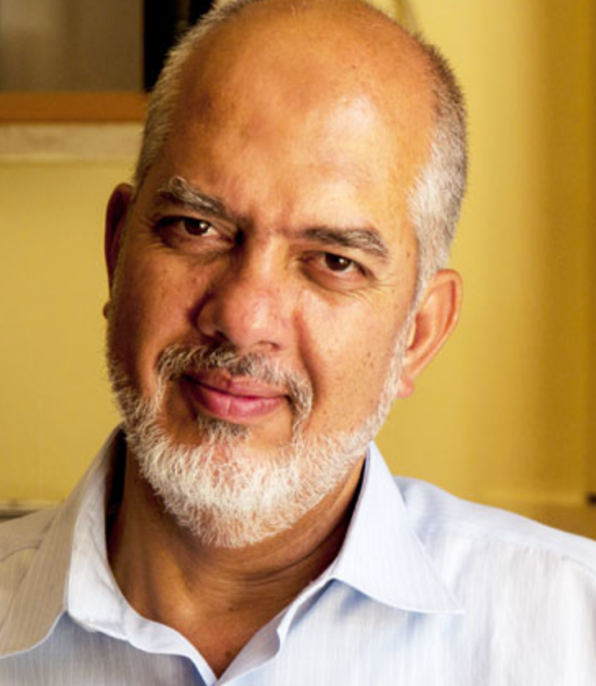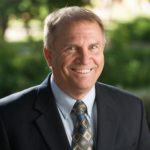Day Five – A Reason for Being
Day Five – A Reason for Being
Today, we visited a Jewish museum and had a session with a Palestinian philosopher – two seemingly different kinds of events with one similar theme: both provided an insight into reasons why Jewish and Palestinian peoples are committed to their national identities and expression of those identities in their culture and state. These experiences continue to help us form a better understanding of the various sides of the Arab-Israeli conflict.
Beit Hatfutsot- The Museum of the Jewish People

Beit Hatfutsot, the Museum of the Jewish People, is more than a museum. This unique global institution tells the ongoing and extraordinary story of the Jewish people.
Beit Hatfutsot connects Jewish people to their roots and strengthens their personal and collective Jewish identity. Beit Hatfutsot conveys to the world the fascinating narrative of the Jewish people and the essence of the Jewish culture, faith, purpose and deed while presenting the contribution of world Jewry to humanity (from the website).
And a “fascinating narrative” it is! Our museum visit consisted of three separate, powerful stages:
- A retrospective on the life and work of Chim, one of the great photojournalists of the first half of the twentieth century.
- Forever Young – Bob Dylan at 75
- The permanent exhibits
Chim
Chim was a Jewish photojournalist who was killed in 1956 while covering the Suez Crisis. He:
took portraits of leaders, artists and intellectuals that appeared in the world’s leading magazines. His depictions of the Spanish Civil War, Europe devastated by World War Two, and the first years of the State of Israel helped form the collective memory of the twentieth century. These iconic photographs reflect Chim’s technical expertise and visual intuition, but also the compassion, humanism and optimism that characterize his work (from the website).
The collection featured examples from a wide variety of his work, but it is the photographs of children who experience the full brunt of war that were the most haunting!!!
Follow this link for the entire collection.
Bob Dylan
Bob Dylan’s Jewish heritage was a surprise of just about all of us!! For those of us “old enough to remember,” Bob Dylan was among the “voices of our generation.” The exhibit featured pictures, videos, sound recordings, and each album cover from his 35 releases. Listening to the music and watching the videos, involuntarily and to reflexively, we relived many of the more important moments of our lives!
It is difficult to think of a Jewish musician who has had a greater influence on 20th century culture than Bob Dylan. Dylan was one of the greatest American poets, the voice of an entire generation. In 1999, he was included in Time Magazine’s ‘100 most influential people of the 20th century’ describing him as a “poet, artist, social commentator, and the leading spirit of the anti-culture generation”. In 2016 he was awarded the Nobel Prize in literature . . .
Beit Hatfutsot’s exhibition is designed to show to Museum visitors the complex figure that is Bob Dylan; through film, pictures, images, posters, exhibits and of course a lot of his music (from the website).
The permanent exhibits
The permanent exhibits provided a variety visual and audio representations of Jewish life throughout the ages. Among the highlights:
- The Family section – slide show of hundreds of photographs of contemporary Jews from all parts of the world, and depicts profound elements of Jewish life such as Jewish lifecycle events, holidays, festivals and fasts.
- The Culture section – representations of Jewish thought and creativity, with a central wall illustrating the evolution of Jewish intellectual life from the period of the Second Temple to the present, and depictions of Jewish art, Jewish languages and contributions of renowned Jews to world civilization.
- Synagogues past and present – replica models depicting, in great details, synagogues from various times and places.

- The Diaspora – maps that display not only the countries to which Jewish peoples immigrated, but also the communities they formed in those countries. Of particular interest was the formation of Jewish centers in Ethiopia, which led to the development of a cross-racial Jewish community, a community Menachem Begin was instrumental in bringing to Israel in the 1970s.
Dr. Mastafa Abu Sway, Al Quds University (West Bank)

Professor Abu Sway was appointed as the first holder of the Integral Chair for the Study of Imam Ghazali’s Work at Al-Masjid Al-Aqsa and at Al-Quds University in 2012. He has been Professor of Philosophy and Islamic Studies at Al-Quds University in Jerusalem, Palestine since 1996. He taught at the International Islamic University in Malaysia (1993-96) and was a visiting Fulbright Scholar-in-Residence at the Wilkes Honors College at Florida Atlantic University, as well as a visiting professor of Islamic Studies at Bard College, NY. (from the website)
Before the discussion, we visited an exhibit dedicated to Palestinian incarcerated in Israeli prisons. The exhibit displayed images of Palestinians being held in deplorable conditions, and allegedly, tortured and hanged . The stories and images of these individuals was disturbing, to say the least.
Professor Sway was most accommodating, knowledgeable in a number of issues relating to Islam, the plight of the Palestinians, and the Occupation. In a wide-ranging discussion, Professor Sway discussed:
- The three forms of Islamic “knowing”:
- Koran
- Prophetic traditions
- Reasoning by analogy
- Aims of Islamic law
-
- Protection of life
- Protection of religion
- Protection of progeny
- Protection of reason
- Protection of property
-
- A brief history of Islam – which included a rationale for its claim for the land of Israel/Palestine based on centuries-long possession of the land.
- How International Law supports a Palestinian claim for independence in the Occupied Territories.
- How the current “situation” is a result of an imbalance of power.
- How politicians must take a “long view” in negations (20 – 200 years in the future when the balance of power might shift) instead of looking to win the next election. This was probably the most compelling part of the discussion where Professor Sway stated, unequivocally, that, in his opinion, peace was possible, but only so if there were sincere negotiators on the Israeli side.
Our time with Professor Sway was shorter than we would have liked, due to a delay in the start time (traffic issues) and his University’s graduation. In the brief time we had, the good professor made the philosophical argument (he is a philosophy professor!!) for the Palestinian position. We had limited time for question and answer, so we were not able to get into some of the trickier aspects of the conflict, but he did make clear that the only acceptable solution for the Palestinian people was a form of real sovereignty for them in the Occupied Territories, although he did cede acceptance of the nation of Israel (although we did not get into the details of what that might mean).
Summary
The museum was a powerful demonstration of the contributions of the Jewish community over time and place. Their influence covered just about all spheres of human endeavor: From the arts to architecture, sports to science, music to mathematics. This reason for this level of achievement has piqued the interest of any number of investigators. One intriguing explanation which I read a number of years ago (can’t remember the name of the book) was that because the center of Jewish spiritual and cultural life was a book – a book that was memorized, studied, written about, etc. – intellectual acumen which translated into any number of disciplines. Because the book was “transportable,” these skill continued to develop no matter what portion of the globe the Jewish people were dispersed. Don’t know for sure – but seems like a reasonable suggestion.
Our Palestinian philosopher highlighted for us the Palestinian position and provided at least a glimpse of the philosophical rationale for Palestinian sovereignty. We did leave a bit disappointed in that we were not able to get his take on some of the other individuals we’ve heard, especially Rabbi Ian Pear’s unique one-state solution.
Another spectacular day – more to follow!!




